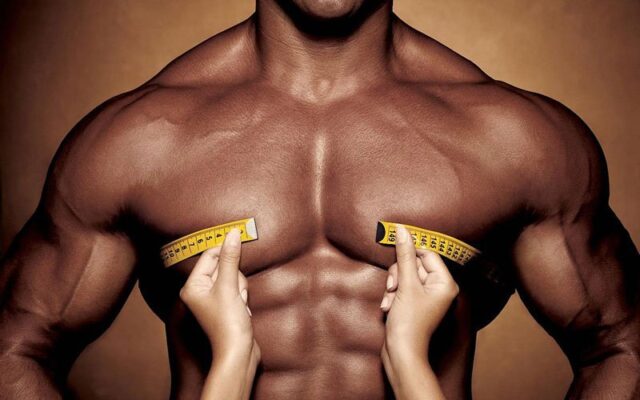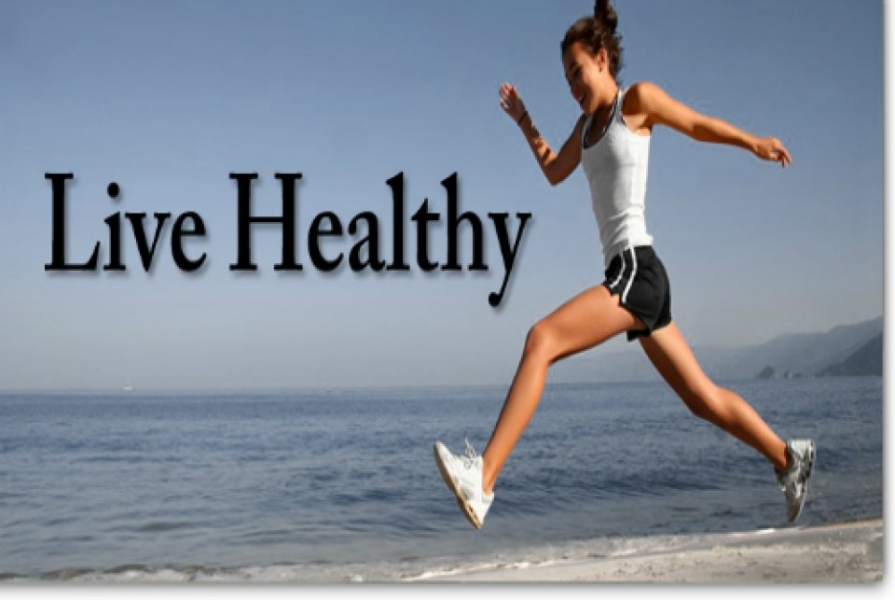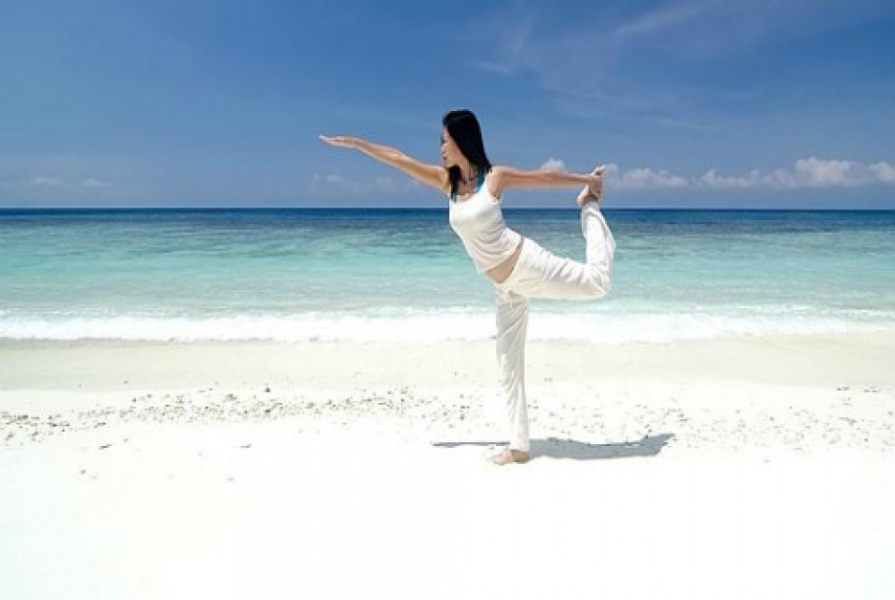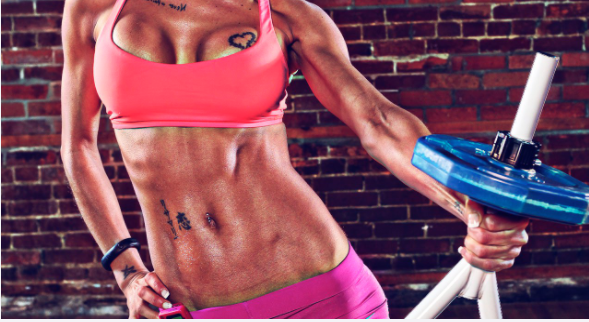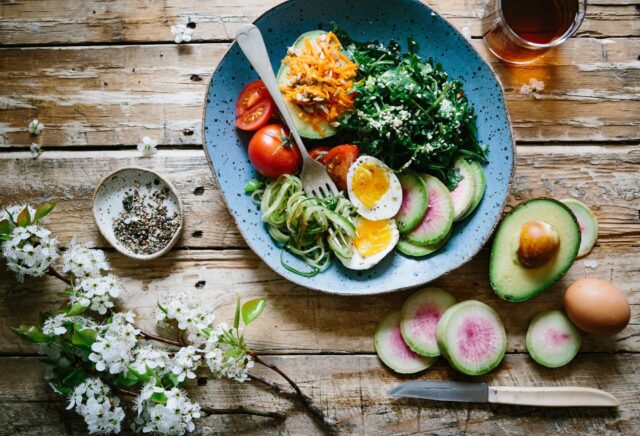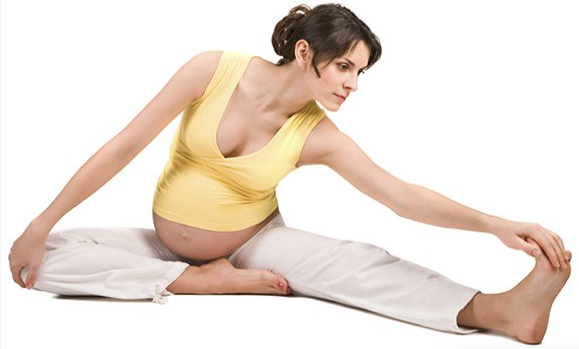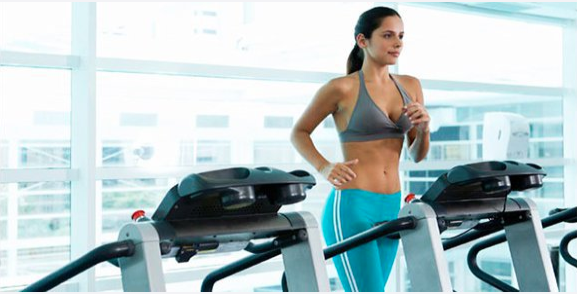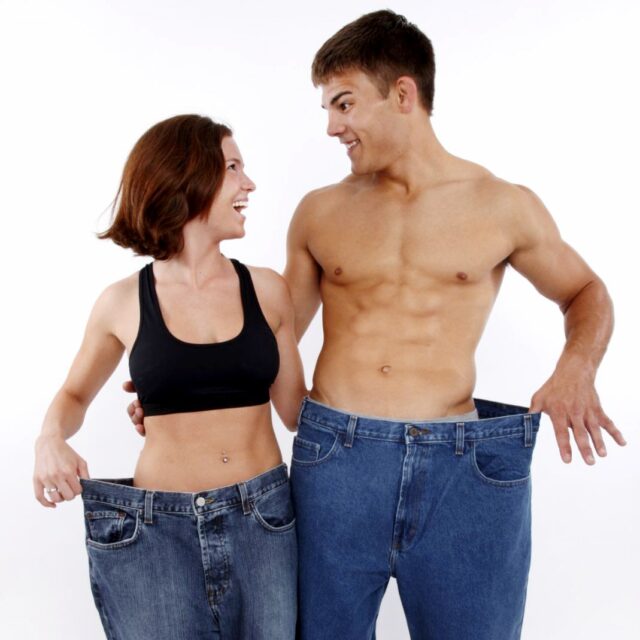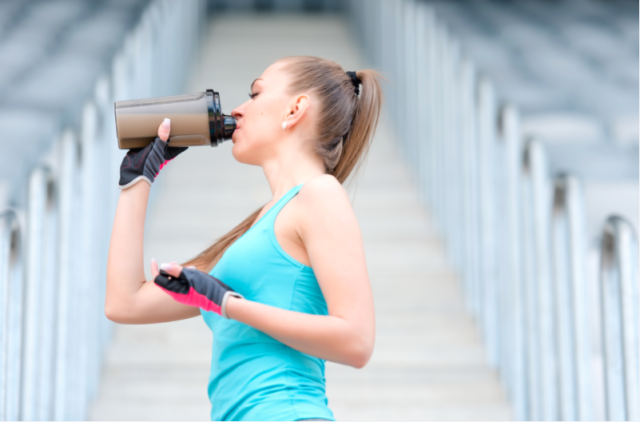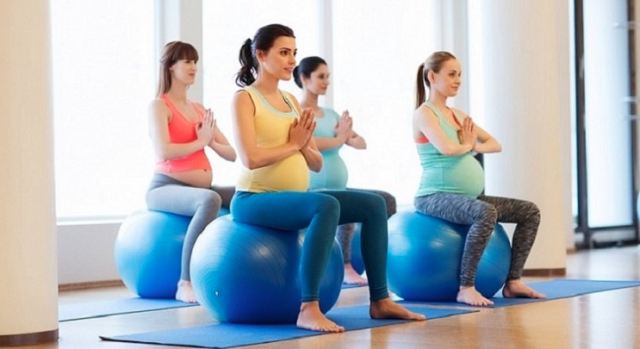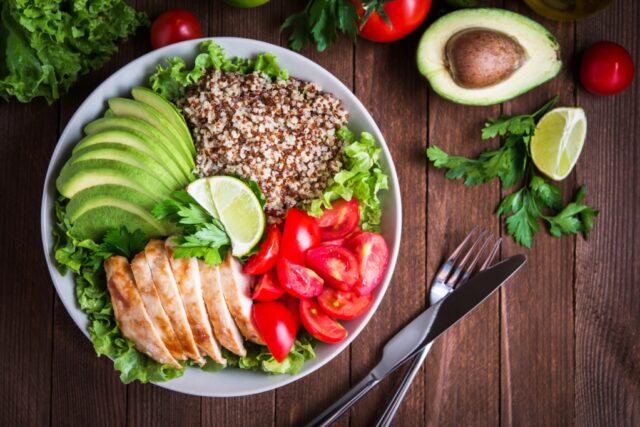The benefits of freshly squeezed vegetable and fruit juices are obvious and undeniable. Drinking fresh juices fills our body with vitamins, minerals, valuable substances and microelements, gives new strength, which is impossible to get from commercial juices from a pack, in which, as a rule, a large amount of sugar is added. In addition to useful chemical properties, freshly squeezed juices (fresh juices) are simply pleasant to drink, and they are absorbed by the body much faster than just a raw fruit or vegetable. A glass of juice can sometimes even replace a whole meal and quench your thirst, while leaving behind a feeling of light satiety.
Any freshly squeezed juice contains organic compounds (sugars, acids, etc.) that help to cope with many diseases. For example, using juices, you can strengthen the body’s immunity, improve intestinal motility, metabolism , strengthen the nervous system, and so on. Some juices speed up the process of losing weight due to the content of fat burning elements.
ORANGE JUICE
Freshly squeezed orange juiceOrange juice is a classic among freshly squeezed juices. It contains a large amount of vitamins (A, B, C, K, E), as well as amino acids and trace elements (potassium, calcium, phosphorus, copper, iron, magnesium, zinc). Orange juice improves bowel function, removes toxins, reduces decay processes, improves appetite and digestion, strengthens blood vessels; it is also one of the lowest calorie juices. Orange juice is recommended for use in liver diseases, atherosclerosis and hypertension. Contraindications: stomach or duodenal ulcer, bowel upset, gastritis with high acidity.
GRAPEFRUIT JUICE
Freshly squeezed grapefruit juiceGrapefruit contains nutrients such as carbohydrates, sugars, dietary fiber, fats, protein, vitamin B1, riboflavin (vitamin B2), vitamin B3, vitamin B5, vitamin B6, vitamin B9, vitamin C, calcium, iron, magnesium, phosphorus , potassium, zinc, manganese. In particular, grapefruit juice is useful for physical and mental stress – it strengthens the central nervous system and helps to get rid of lethargy, drowsiness and dizziness. Consuming fresh grapefruit juice well removes excess fluid from the body, activates the fat burning process, contributing to weight loss and cleansing the body of toxins. Recommended for people with poor digestion, salt deposits, high blood pressure and liver problems. If you have insomnia, overwork and lack of appetite, grapefruit juice will definitely help you.
APPLE JUICE
Freshly squeezed apple juiceApple fresh contains vitamins C and P, potassium, calcium, iron, copper, manganese, cobalt, zinc, nickel salts. Apple juice pectin with pulp normalizes bowel function. In addition, freshly squeezed apple juice contains phytoncides that fight the causative agents of dysentery, Staphylococcus aureus, Proteus, and influenza A viruses. Doctors also recommend eating apples in the period after a heart attack. Freshly squeezed apple juice strengthens the cardiovascular system well, is useful for people of mental labor. A big plus of this fruit is that you can drink juice from it without harm to health in fairly large quantities – up to one liter per day. Freshly squeezed apple juice is contraindicated in case of exacerbation of gastritis, peptic ulcer and pancreatitis.
PINEAPPLE JUICE
Freshly squeezed pineapple juicePineapple juice is used in various diets, and is also a source of vitamin C and minerals – potassium and copper salts. This juice is relatively rich in calcium, magnesium, phosphorus, iron, vitamins B1, B2, PP, provitamin A. Pineapple juice is recommended as a remedy for kidney diseases, tonsillitis; it has a positive effect on the functioning of the pancreas, stimulates intestinal activity, promotes the disappearance of age spots and removes fluid from the body. In addition, freshly squeezed pineapple juice contains a unique natural substance – bromelain, which is an excellent natural fat burner and rejuvenates the body.
PEAR JUICE
Freshly squeezed pear juiceFreshly squeezed pear juice contains carbohydrates, organic acids, tannins, as well as vitamins C, P, carotene, many trace elements – vanadium, molybdenum, nickel, fluorine, iodine, etc. Pear juice is a good diuretic and has a bactericidal effect on the entire body. Pear juice is recommended for people with a tendency to diseases of the circulatory system and kidney problems. Pear fresh contains a large amount of pectin compounds that improve bowel function and digestion in general. It also regulates digestion, has antiseptic, antibacterial and analgesic effects.
CARROT JUICE
Freshly squeezed carrot juiceFreshly squeezed carrot juice is one of the healthiest and most vitamin-rich juices. It contains a lot of beta-carotene, B vitamins, potassium, calcium, cobalt and other minerals. All this makes carrot fresh juice especially useful for children and people with weak immunity and problem skin. It is known that carrots containing beta-carotene are very beneficial for eyesight, and this substance is concentrated in juice. However, in order to absorb it, you must definitely eat something containing fats. Therefore, a little heavy cream is often added to fresh carrot juice.
MANGO JUICE
Healthy mango juiceMango contains a whole range of nutrients: sugars, vitamins B1, B2, B5, B6, folic acid, vitamins E, D and C. The amino acid of freshly squeezed mango juice includes 12 amino acids, some of which are essential. By consuming freshly squeezed juice with the pulp of one or two mango fruits per day, you can significantly increase the elasticity of the vascular wall, and the high iron content in the fruit can improve hemoglobin indices in anemia. The juice of ripe, juicy mangoes should be used for various diseases of the organs of vision, as a vitamin complex, for disorders of the gastrointestinal tract, as well as for the prevention of cancer.
